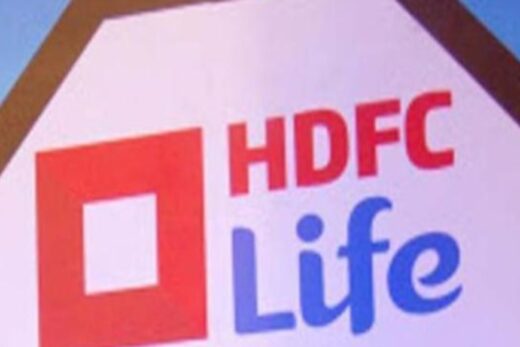Historical data suggests rising inflation actually aids Nifty50 earnings. In fact, historically the trajectory of Nifty50 earnings has closely tracked commodity price movement in the past 12 years.
In a detailed note, Motilal Oswal Securities said rising commodity prices would benefit 11 index companies, whose combined profit share in Nifty FY22 earnings would rise to approximately 36 per cent against 31 per cent in FY21.
On the other hand, 13 Nifty constituents would be impacted adversely by higher commodity prices, but their contribution to FY22 earnings would be just 11 per cent. The IT sector, which constitutes 15 per cent of the Nifty weight is broadly insulated from commodity inflation.
Cement makers
, Shree Cement and UltraTech Cement, metals producers Tata Steel, Hindalco and JSW Steel, energy behemoth and the three OMCs – IOC, BPCL and HPCL – as well as Coal India would benefit from rising commodity inflation.
Cement prices are already in the recovery mode while steel prices have exceeded $1,000 per tonne for the first time earlier this month, led by supply constraints, China’s newfound focus on sustainability, and better-than-expected global demand recovery.
 ETMarkets.com
ETMarkets.comMotilal said Nalco would be the biggest beneficiary of higher aluminum prices. It expects integrated steel players such as SAIL and Tata to benefit from higher steel prices.
“Metals have been on a tear this year with copper touching all-time highs and steel at a 10-year high. Any correction in prices is unlikely to last long since demand is likely to remain buoyant and the metal cycle appears to be on a long expansionary cycle. Integrated players with captive mines will do well in this upcycle,” said VK Vijayakumar, Chief Investment Strategist at Geojit Financial Services.
In the case of oil, Brent prices have moved up to $67 a barrel, up 10 per cent sequentially on the back of improved demand. Motilal Oswal Securities noted that for every change of $5 per barrel oil price, EPS for ONGC would rise 10 per cent and Oil India by 16 per cent.
In metals, the story of debt deleveraging continues as the net leverage for steel companies is also likely to decline to less than 1.5 times in FY22 against over five times at FY20.
On the other hand, six Nifty50 auto stocks such as automakers
, Bajaj Auto and Hero Moto; consumer stocks such as , Britannia, HUL, ITC, Nestle, Tata Consumer and UPL would be among the worst hit by the rise in cost of raw materials.
“For auto, the rise in raw material costs has seen one of the sharpest in the past two decades, with key commodities seeing 60–90 per cent price increase from lows of 1QFY21. This would result in one of the sharpest increases in commodity content as a percentage of sales in a single year in FY22,” Motilal said.
The brokerage noted that prices of edible oil and sugar have risen dramatically, with the edible oil price index threatening to reach all-time high.
Yet, within the consumer pack, companies dependent on agri commodities would better off against those that use non-agri raw material.
On the sales side, it would be difficult for companies in auto, consumer staples and durables sectors to pass on the rise in commodity costs and, thus, they would face the bigger impact, Motilal Oswal said.



